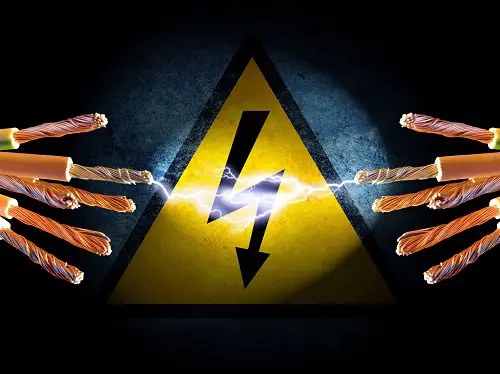If you’ve ever accidentally touched an electrical appliance or outlet, you know that it can be a shocking experience. But did you know that the type of current can make a difference in how it feels?
It is true that a shock from an alternating current (AC) can feel different from a shock from a direct current (DC). This is because the way AC and DC affect the body is different.
When you come into contact with AC, the current changes direction very quickly, which can cause your muscles to twitch and contract rapidly. This can make it feel like you’re being jolted back and forth, almost like a vibration. It can also make it harder to let go of the source of the shock, which can prolong the exposure and increase the risk of injury.
On the other hand, DC flows in one direction, so the muscle contractions are more sustained and less rapid. This can make it feel like you’re being gripped or held onto, almost like a cramp. But because the contractions are more sustained, it can actually make it easier to let go of the source of the shock, which can reduce the duration of exposure and lower the risk of injury.
Of course, both AC and DC can be dangerous, and it’s important to always be careful when working with electricity. But understanding the differences between them can help you better understand how your body might react if you do get shocked.



![26 Most Asked Electrical Engineering Interview Questions and Answers [With PDF] Electrical Engineering Interview Questions and Answers](https://electricalguide360.com/wp-content/uploads/2022/02/26-Most-Asked-Electrical-Engineering-Interview-Questions-and-Answers-With-PDF-218x150.jpg)




